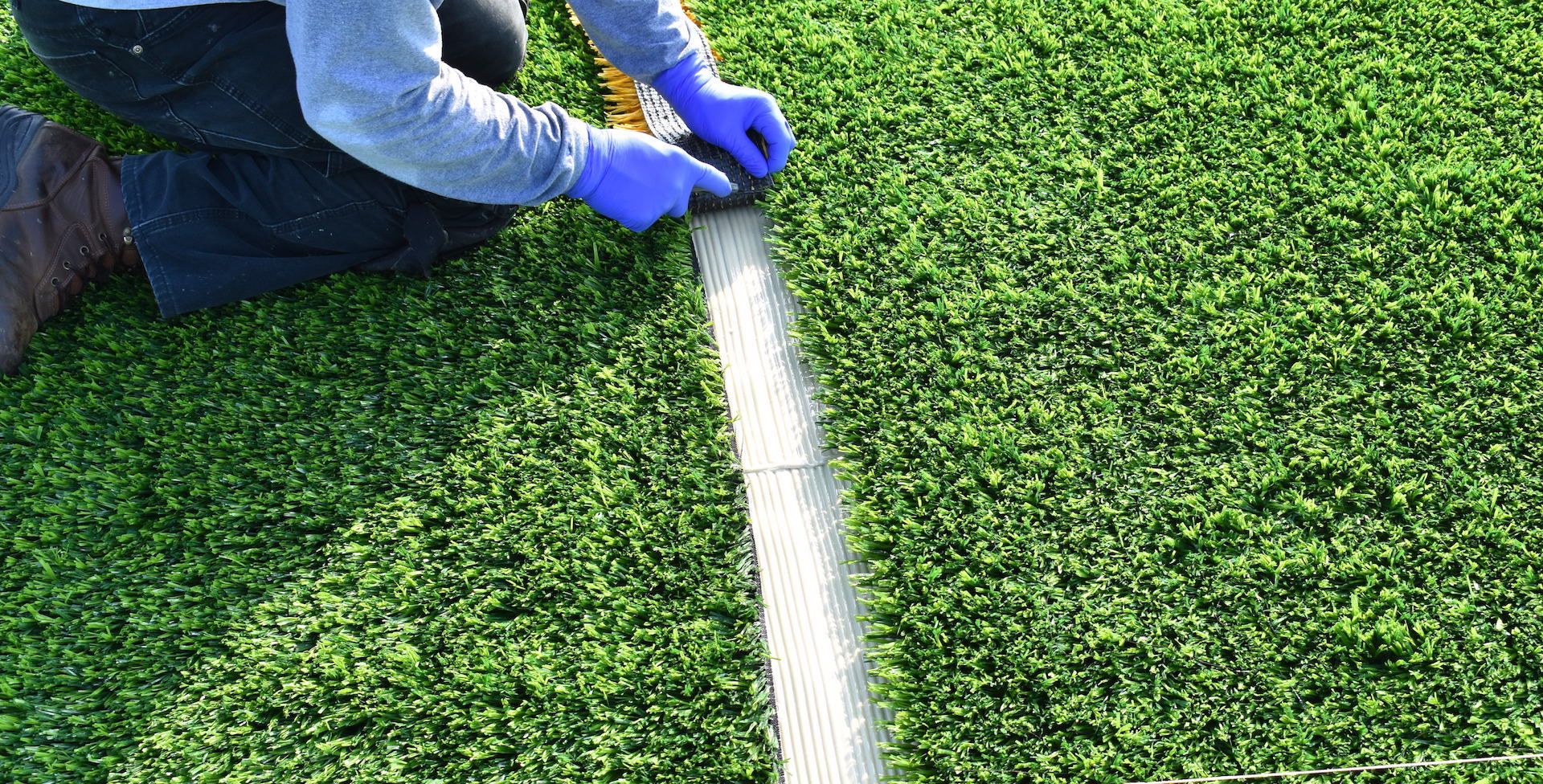How Long Do Turf Fields Last?
Read More

When it comes to synthetic turf, infill levels play an important role in the field’s protection and overall performance. Infill is typically made of rubber and is used to create a more plush, realistic appearance as well as a low-impact, durable and resilient field. Infill also helps protect the primary backing from UV exposure, which can cause the turf to break, split, fade or weaken.
It’s incredibly important to check your infill levels and properly maintain them to ensure optimal playing conditions for your turf. At Keystone Sports Construction, we perform depth measurements, compaction testing and a turf fiber analysis. Ensuring the infill layer is consistent in-depth and compaction is an important component for footing, ball performance, and player safety. We provide top-notch synthetics turf baseball fields.
Infill Services and Gmax Testing
Artificial turf fields lose about 5% of their infill systems annually. Infill replenishment can help firm the playing surface. The fields can also compact over time, which is why it’s recommended that decompaction should be performed annually. Decompaction also helps keep the playing surface from exceeding acceptable Gmax levels.
Gmax testing measures the turf’s shock-absorbing characteristics and the rebound properties of the turf surface. The higher the Gmax score, the harder the surface is and the more force the field is returning to the athlete during play. A higher score also increases the chance of player injury. Infill can have a large impact on the Gmax score. If the infill has thinned out or becomes severely compressed beneath heavily used areas, the Gmax score will be higher than it should be.
Infill Maintenance with Keystone Sports Construction
Don’t miss out on other options like synthetic grass for soccer fields. It’s important to make sure that your infill levels are properly maintained for a variety of reasons. Overall, it prevents injury, provides proper footing and enhances ball performance. There are numerous ways to help your infill levels stay where they should, and Keystone Sports Construction can provide all of those services to you.